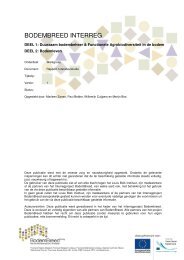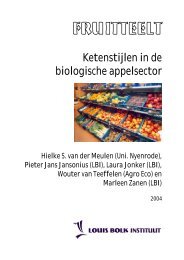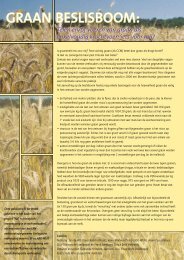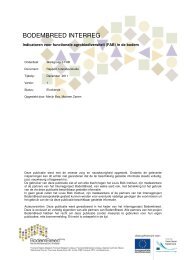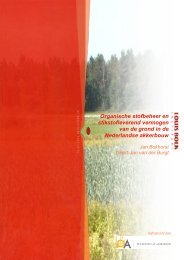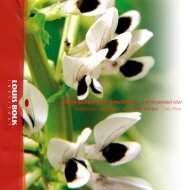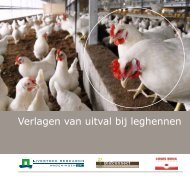Respiratory System Disorders and Therapy From a New - Louis Bolk ...
Respiratory System Disorders and Therapy From a New - Louis Bolk ...
Respiratory System Disorders and Therapy From a New - Louis Bolk ...
Create successful ePaper yourself
Turn your PDF publications into a flip-book with our unique Google optimized e-Paper software.
In pneumonia, the inflammation:<br />
• Leads to a diminished reaction to outer <strong>and</strong> inner stimuli other than the infection<br />
• Results in the distinct lung shape disappearing, formative elements are ‘dissolved’ in<br />
the watery exudate<br />
• Has a dissolving characteristic, as for instance also happens in extremis in sepsis.<br />
The integrative forces that normally lead the process to completion are abrogated in<br />
infection. The Inflammatory process is intensified, leading to an aggravation of the<br />
symptoms of inflammation <strong>and</strong> an increased dissolution.<br />
See also Figure 2.6.<br />
Conclusion<br />
The pathophysiology of an uncomplicated pneumonia eventually completes the full cycle<br />
of the general healing process, a characteristic of self-limiting disease. There is a temporary<br />
diversion in:<br />
1. Diminished reactivity<br />
2. Reduced formative elements<br />
3. Dissolving characteristics in the inflammation phase.<br />
Table 2.2. Pathophysiological characteristics of acute lobar pneumonia<br />
Pathophysiology of Acute Lobar<br />
Reaction to stimuli Directed reactivity to respond to the infection, for<br />
new stimuli reduced<br />
Consolidating tendency Reduced formative elements through the exudate<br />
Dissolving tendency Increased dissolution through the infection<br />
<strong>Bolk</strong>’s Companions RespiRatoRy system DisoRDeRs anD theRapy - 25





